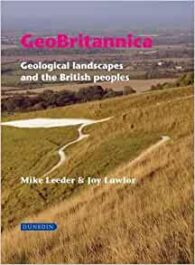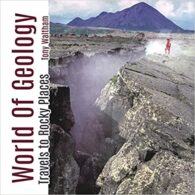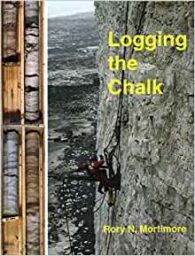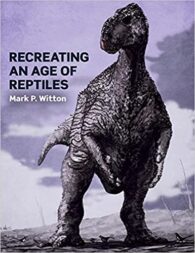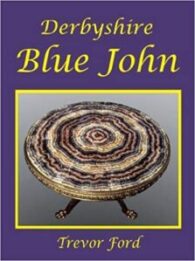Mats Erikssön writes fascinatingly quirky articles combining his favourite genre of music and his profession – palaeontology and death (heavy) metal. I am certainly not an expert on the latter, but I do know that, to link the two, is always going to be a bold and humorous conceit.




